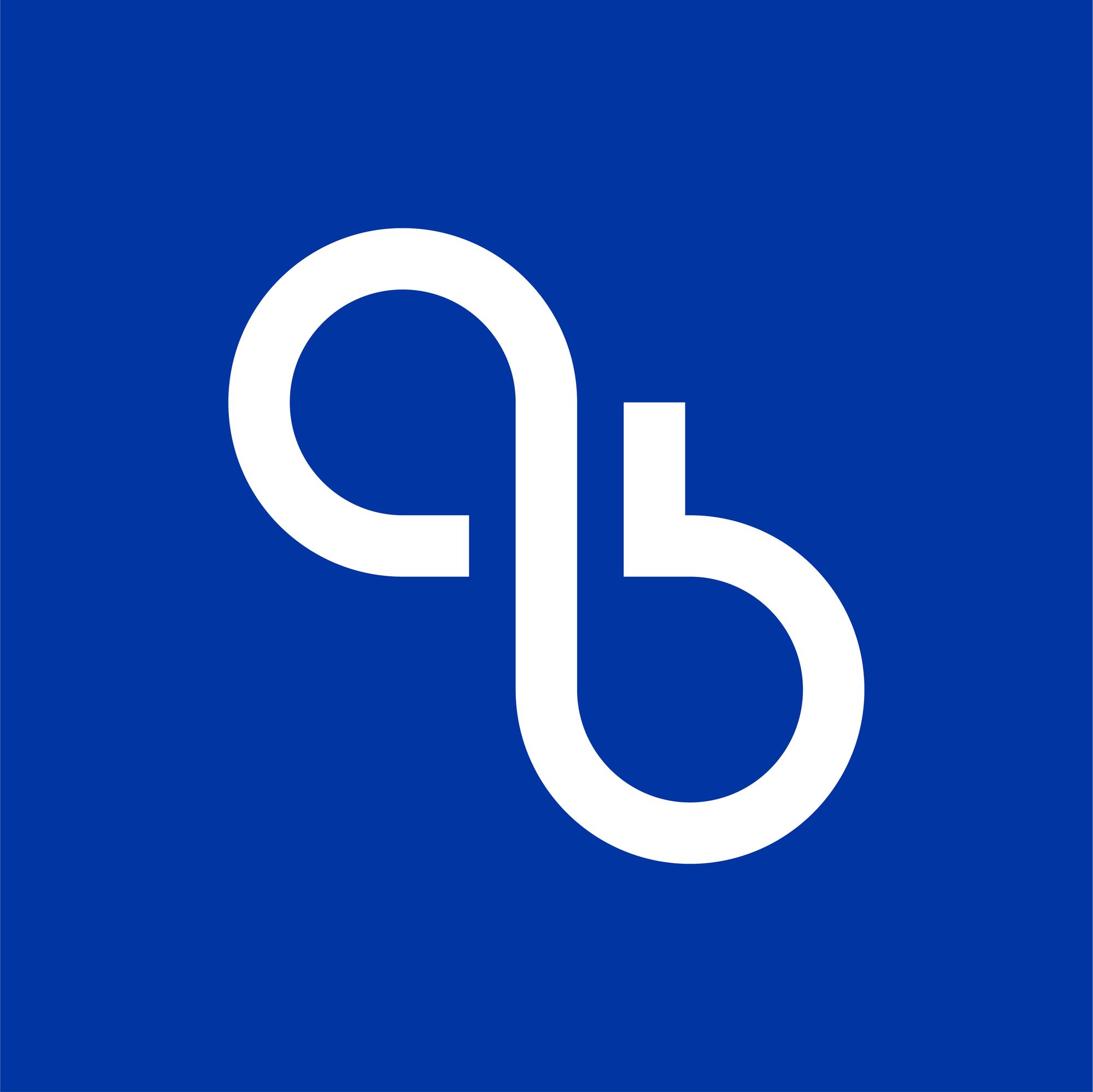In the past, IPOs as highly profitable investments were available only to the privileged customers of the leading brokerage firms and it was challenging for retail investors to gain access. You couldn't buy shares paying the price set by the company and you had to wait until the shares actually start trading on the public stock market at whatever stock price supply and demand allows.
Technologies and marketplaces changed the rules of the game, now regular investors can get pre-IPO shares. To participate in an IPO you need to use an IPO investing app like Freedom Finance (NASDAQ: FRHC), TD Ameritrade or Fidelity. They give its customers access to IPOs and secondary offerings through their existing brokerage account. After the IPO you can buy shares via a commission-free trading app like eToro.

What is an IPO and how it works
IPO is a process of offering shares of a private corporation to the public in a new stock issuance. Why go public? The primary benefit of going public is easier access to capital.
To go public, a company must have a track record of growth and other favorable results and hire an investment bank (like JP Morgan, Morgan Stanley etc.) to come in and underwrite the IPO. Once the paperwork done, the company sells the stock to institutional investors. When the initial block of shares has been sold, the company sets an initial price and date for the stock to begin trading on a stock exchange.
IPO calendarDetailed Instructions How to Participate in an IPO before public trading (at offering price):
Below we share the instruction how to participate in an IPO using Freedom Finance (Tradernet platform). This marketplace is chosen as an example because almost all high-profile IPOs are traded via this platform.
- Pros: most high-profile IPOs are available for participation via Freedom Finance, no eligibility requirements, no number of previous trades needed and low minimum investment amount for participating in an IPO.
- Cons: the user interface of the platform is a bit outdated.
*** Freedom Finance services are NOT available to US citizens and residents.
- Apply for a Freedom Finance account — you need to prepare your identity document and a document confirming the address of residence (utility bill). The verification process is very fast, it will take 2 minutes to create your account.
- Deposit your account — to participate in an IPO, your account must have available funds in the amount you send IPO application for.
- 💡 Tip: It's recommended to deposit your account in advance. Often the exact IPO date is undefined until the last day. You may have a short notice for participation and account deposits also takes time for processing. Also, sometimes Freedom sends last-minute IPO offer when you have 2 hours to participate.
- Wait for a request to participate in the IPO — when the IPO date is defined you will get a notification (email and SMS text message) from Freedom Finance to apply for the IPO. You check already listed IPOs here.
- Submit a request to participate in the IPO — when you get a notification that you can apply to buy shares, go to IPO section of the platform > you will see the IPO listing with the share price set by the underwriter > click Participate in the IPO > input the amount you want to invest > Send your application. Note: Before the book closing, a request can be withdrawn. At the time of the book closing, 1 day before the start of the exchange trading, the specified amount will be blocked on the account.
- Wait for allocation — The actual number of stocks purchased during an IPO depends on supply and demand. The higher underwriter reserves the right to partial execution of collective applications. So if the demand is high you may get less than you applied for. Of course, you will only pay for the shares purchased. The rest of the funds will be returned to your account.
- Start of trading — With the beginning of the public trading on the stock exchange, the purchased shares will appear on the account and a lock-up period will start— a 93-day period of prohibition on sale. You can’t sell stocks, but you can track their current value and growth indicators in your personal member area and a trading terminal.
- Closing your trade — At the end of the 93 days lock-up period, you will be able to manage your stocks at your discretion — leave in the portfolio or sell and withdraw money or transfer the stocks to another depository/ broker in your name. This can be done in your account by clicking the ‘Sell’ button next to the name of the security. In this case, a commission of 0.5% of the amount of the sale transaction is charged.

